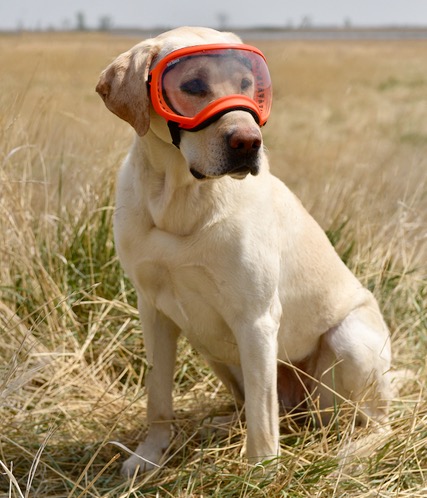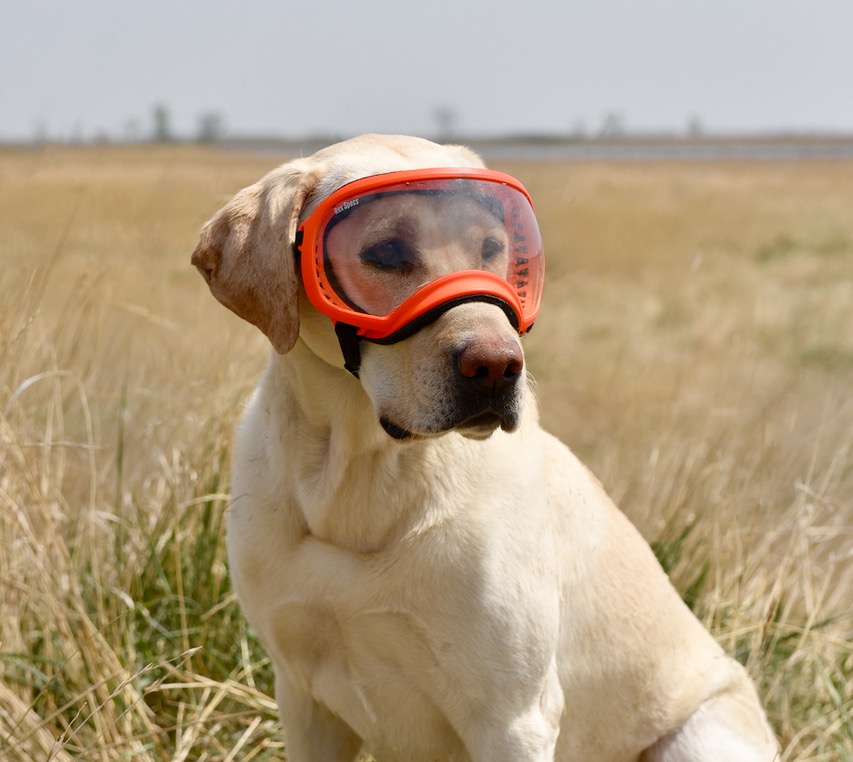Peeper protection
Most wounds heal, but a jab to the eye spells trouble
Advertisement
Gun dogs rely on a trifecta of senses to hunt—smell, hearing and sight. And while their powerful noses, keen ears and sharp eyes are equally important, their eyes are the most vulnerable to injury.
RISKS
Advertisement
Running through dense cover is a surefire recipe for pokes, cuts and scrapes to the eyeballs. In brushy cover, thorns and sticks are the main culprits, while in marshes and upland country, spikey seeds and abrasive leaves can cause eye trauma. Sharp toenails and pointy bills—sandhill cranes come to mind—are also murder on a dog’s eyes, and body for that matter. Meanwhile, prolonged ultraviolet exposure increases the risk of ocular cancer and exacerbates Canine pannus, a disease that scars the cornea and causes severe vision impairment or blindness.
PREVENTION
In order to prevent eye injuries in the first place, police, search-and-rescue crews and now some some hunters are outfitting their dogs with eye protection. Rex Specs, for example, makes protective eyewear that resembles ski goggles, complete with a spherical lens and foam-padded frame (see www.rexspecs.com).
Advertisement

The goggles protect the eyes from everything from wayward branches to UV rays. Dogs need training before they’ll wear such protective eyewear, however, but by keeping it fun, they’ll soon focus on the task at hand and not the goggles.
TREATMENT
Red eyes, swollen eyelids, excessive tearing up, pawing at the eyes and bulging eyeballs are all symptoms of an eye injury. Depending on the severity of the problem, first-aid treatments range from flushing debris out of the eye to treating cuts to calming your dog and immobilizing its eye en route to the vet. Most wounds heal, but a jab to the eye spells trouble—sight loss is possible. A wound or break in the outermost layer of the cornea, called a corneal ulcer, is another particularly painful condition that demands medical attention.

